Ballpoint Basics: Drawing With Ballpoint Pens

Getting the most out of drawing media.
Ballpoint pens may have been invented for writing, but why not draw with them? These days, more and more artists are deciding to do so. Ballpoint is a fairly young medium, dating back only to the 1880s, when John J. Loud, an American tanner, patented a crude pen with a rotating ball at its tip that could only make marks on rough surfaces such as leather. Some 50 years later László Bíró, a Hungarian journalist, improved Loud’s invention using quick-drying newspaper ink and a better ball at its tip. When held perpendicular to its surface, Bíró’s pen could write smoothly on paper. In the 1950s the Frenchman Baron Marcel Bich purchased Bíró’s patent and devised a leak-proof capillary tube to hold the ink, and the Bic Cristal pen was born. It was durable and could write when held at any angle, even upside down.
Although ballpoint pens’ consistently even line was at first denounced as heralding the death of beautiful handwriting, the neat and inexpensive pens quickly became ubiquitous, replacing more expensive and inflexible fountain pens. The hexagonal, transparent Bic Cristal was considered such a remarkably designed product that one is held in the collection of The Museum of Modern Art, in New York.
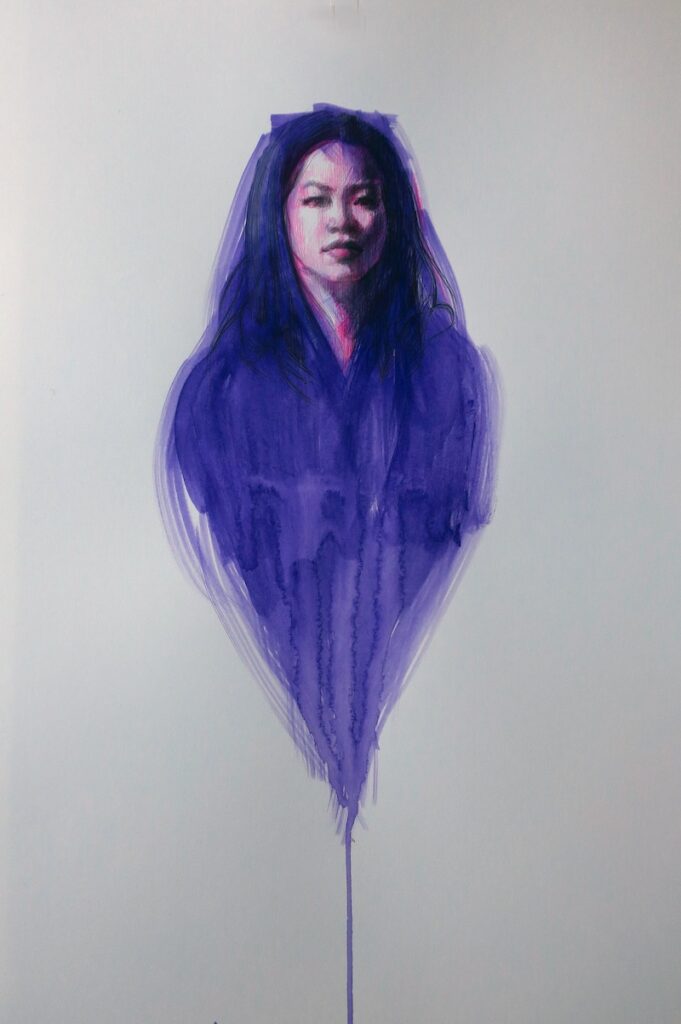
Ballpoint in Art
Ballpoint drawings are all about line and what an artist can create with it. In the 1970s the critic Walter Koschatzky dismissed the possibility that ballpoint had any potential for serious artists on precisely this basis. “Pressing the point of the pen down produces no change in the thickness of the line,” he wrote. “[Therefore] its use in art is virtually nil. Drawings done with a ballpoint pen always exhibit a deadness of line.” Artists, however, had already begun to prove Koschatzky wrong, with such prominent figures as Alberto Giacometti, Joseph Beuys, Andy Warhol and Cy Twombly adopting ballpoint for various manners of drawing.

Ballpoint pens offer some serious advantages to artists who work with them. To start, many artists and collectors disagree entirely with Koschatzky’s disparaging view of ballpoint’s line, finding the consistent width and tone of ballpoint lines to be aesthetically pleasing. Ballpoint drawings can be composed of dense dashes, slow contour lines, crosshatches, or rambling scribbles. Placing marks adjacent to one another can create carefully modulated areas of tone. And if you desire some variation in line width, you can get it. It’s true that pressing a ballpoint pen harder produces comparatively little change in the line’s thickness, but pens now come in an array of widths that artists can switch between. Some are less than half a millimeter wide and can be used for the most delicate details.
Among ballpoint’s other selling points: They never need to be sharpened; they are lightweight, non-toxic, and odorless; and many modern ballpoints are archival. Ballpoint pens glide quicker than most other drawing media, making them perfect for quick sketches. They move smoothly in all directions and can abruptly change direction. They can be used on many surfaces other than paper, including gesso panels and illustration boards—the contemporary artist Jack Dillhunt is known for drawing with ballpoint on bedsheets.

Black and blue may be the most common, but ballpoints come in countless tempting colors. Further colors can be made by using a crosshatching technique, layering varying values and colors to create subtle optical combinations. Working on colored surfaces adds even more possibilities in this regard.
Although erasable ballpoints exist, most pens are not erasable. Once a line is made, it is permanent, and for artists this can be daunting but also quite rewarding. “Mistakes” can be left alone or corrected by incorporating them into an image with a darker value or another color, exposing the artist’s creative process.

Ballpoint Pen Varieties
Ballpoints range from inexpensive disposable pens to more expensive refillable models and high-end collectible pens. Some artists simply buy refills and use them without any holders at all. Ballpoint pens can be capped or retractable, single-colored or multicolored. Some include a stylus tip compatible with touchscreens on smartphones and tablets.
There are so many ballpoint pens available that choosing between them can be perplexing, and to muddy things further, the nomenclature is confusing. We can group the pens into three main categories. The first of these is usually simply called ballpoint pens, but to distinguish it from the other varieties, here we’ll call it “standard ballpoint pens.” The second category is rollerball pens, and the third is gel pens. These three varieties have basic mechanical qualities in common, but each differs in certain characteristics and uses a different kind of ink.
Standard Ballpoint Pens
Standard ballpoint pens are filled with ink that is viscous, oil-based, permanent and quick-drying. It is designed not to smear or bleed. Altering pressure on the point creates a slight variation of values. Filling an area solidly with standard ballpoint ink creates a uniquely leather-like texture. The ink supply in standard ballpoints tends to last longer than those of rollerball and gel pens. Because the ink in standard ballpoints is permanent and quick-drying, watercolor and ink washes can easily be added to these drawings without losing the original marks.
Rollerball Pens
Rollerball pens have water-soluble liquid ink similar to that used in fountain pens, but unlike fountain pens the ink is held in a self-contained compartment that is in contact with a rolling ball at the tip. Rollerball inks dry slower and are more likely to bleed and smear than standard ballpoint inks. Rollerball allows for more variation in line width than standard ballpoint. Slow strokes can make thicker lines, especially on soft, spongy surfaces. The ink is so fluid that a momentary pause can cause it to puddle. This can cause disaster, although with practice the problem can be turned into an advantage, with artists using these puddles deliberately to add dark accents.
Gel Pens
Gel pens contain a pigmented fusion of oil- and water-based gels that does not often bleed or fade. Gel pens are generally associated with writing, illustration, scrapbook and craft projects, but they can be used in fine art as well. Gel pens require a more controlled steady pressure than ballpoints, but some are capable of more calligraphic strokes. Thinner lines dry faster than wide ones and are less likely to smear. Gels come in many colors, ranging from intense opaque pigments to fluorescent, metallic and glittery colors, many of which stand out boldly on dark surfaces. Note that gel pens’ ink supply can harden if a pen is not properly capped or retracted.
Ballpoint has something to offer many artists. Those who incline toward careful observation may thrive on the intense concentration they feel is demanded to achieve accuracy with ballpoint. Artists who revel in the feeling of freedom may enjoy the playful sense of having nothing to lose that ballpoint can grant. However you use them, you’ll find ballpoint pens have a quality of line not obtainable from any other medium.
This article contains affiliate links that help us earn a small commission from purchases — at no additional cost to you. We are grateful for your support.
Enjoying this article? Sign up for our newsletter!
From Our Shop









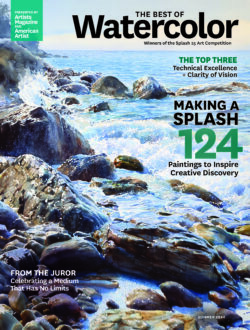

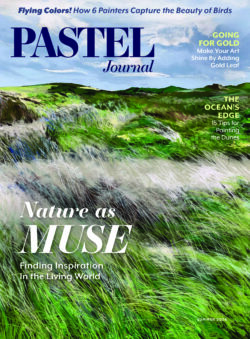


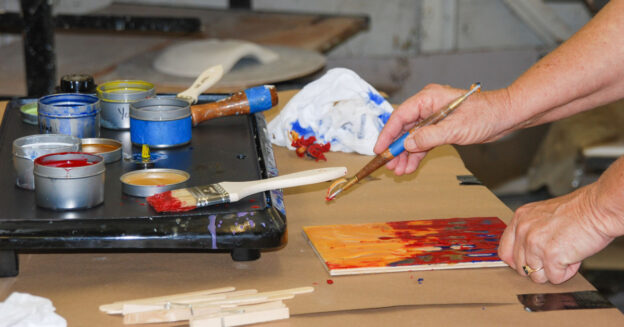
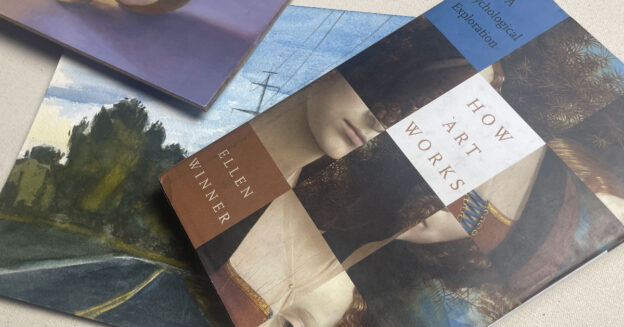



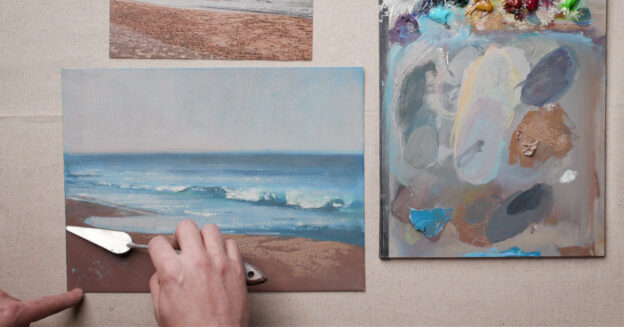


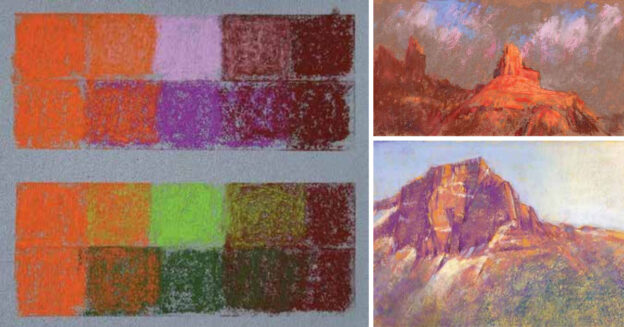
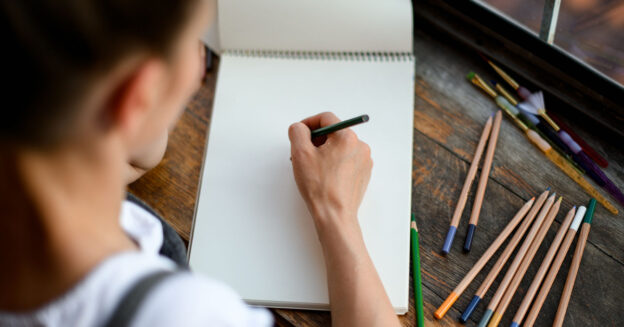



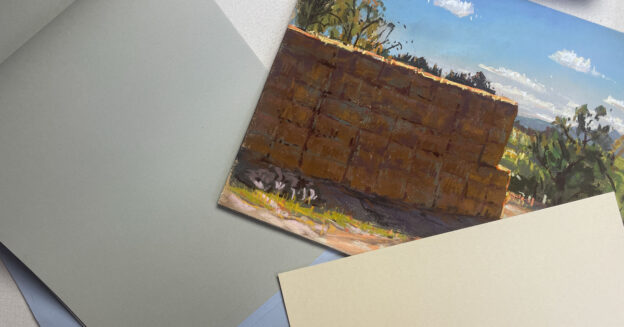
Join the Conversation!